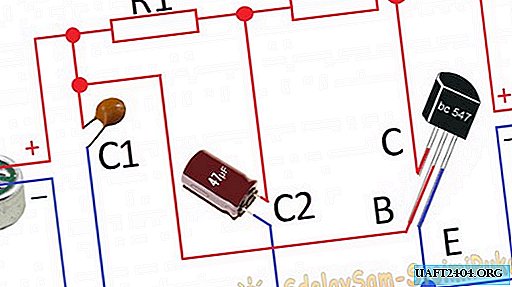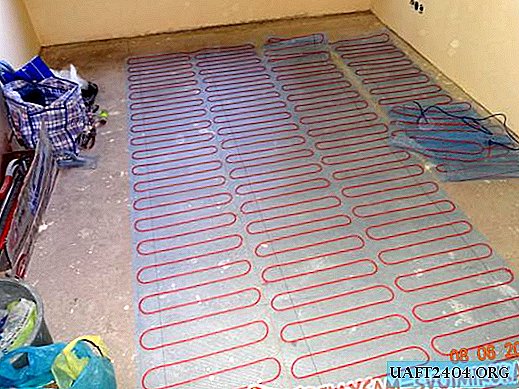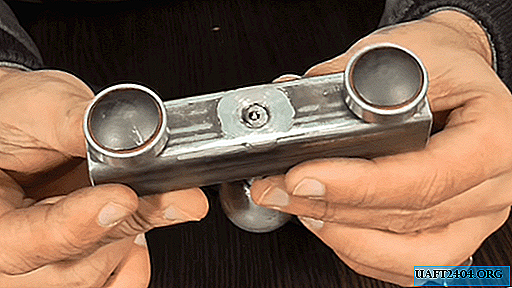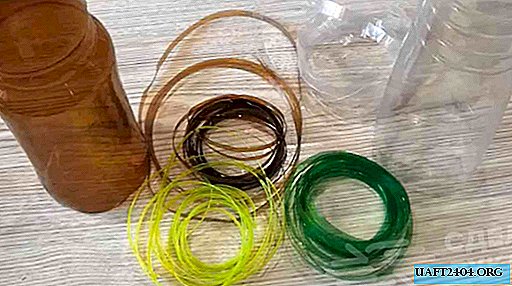Share
Pin
Tweet
Send
Share
Send
The sensitivity of such a capsule is sometimes not enough, you have to bring it in tight to the face so that the sound level is normal.
I want to share with you a very simple pre-amplifier circuit for a microphone capsule on a single transistor. Such a scheme can modify the existing computer headset, or make an additional microphone in the case, say, from a syringe. Or even just shrink it.
There shouldn't be a problem finding capsules: they are used almost everywhere in phones, headsets, Chinese cassette recorders, etc.
The circuit is powered by a computer input and you do not need an additional power source.
To build a sensitive microphone circuit we need:
1. Transistor BC547 or KT3102, you can try KT315.
2. Resistors R1 and R2 with a nominal value of 1 kOhm. To increase the sensitivity of R1 under the capsule, with a nominal value of 0.5 - 10 kΩ.
4. Disc ceramic capacitor with a nominal value of 100-300 pF. It can be omitted if initially there are no "spikes" or excitations of the amplifier.
5. Electrolytic capacitor 5-100 uF (6.3 -16 V).

First of all, we determine the polarity of the microphone-capsule connection. This is made simple: the minus is always connected to the case. Then we assemble the circuit, even with a mounted installation, at least on a mini-board. The entire sensitivity of the pre-amplifier will depend on the gain of the transistor and the selected resistor R1. Usually the amplifier is assembled and works immediately, its sensitivity should be enough with a margin.
Recording is made on a capsule without a preamplifier circuit.

Recording is made on the capsule from the pre-amplifier circuit.

The difference is not visible with the naked eye. Now the microphone does not have to hang around the neck and shout at him. You can quite put it on the table and talk without too much effort. Well, if the sensitivity turns out to be too high, then it can always be easily reduced by the settings in the operating system.
Share
Pin
Tweet
Send
Share
Send











